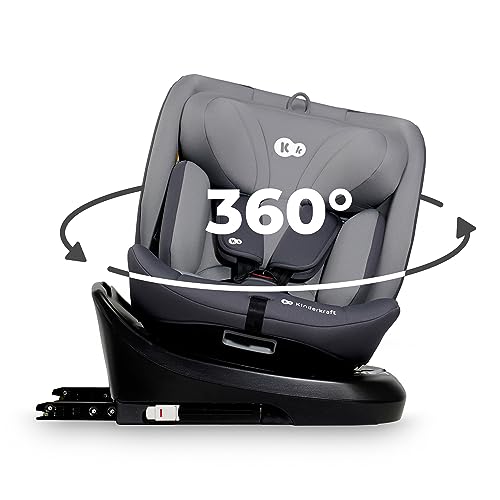Understanding Pushchairs and Prams: A Comprehensive Guide
When it pertains to baby movement, the terms "pushchair" and "pram" are typically utilized interchangeably. Nevertheless, they represent unique kinds of baby providers, each crafted for specific stages of a child's development and differed parental requirements. This short article looks into the crucial differences in between pushchairs and prams, their functions, types, and considerations for new parents.
What is a Pushchair?
A pushchair, typically referred to as a stroller in some regions, is designed for children who can sit up independently. Usually, pushchairs are modern, light-weight, and have a seat that can be reclined for added convenience. They may also feature a five-point harness to make sure the child's safety while on the go.
Secret Features of Pushchairs
- Lightweight Design: Most pushchairs are made from lighter materials, making them simple to steer and transport.
- Adjustable Seats: Many models use recline choices, dealing with resting or active positions.
- Canopy: Most pushchairs come equipped with a sunshade or canopy to protect the child from sun direct exposure.
- Storage Space: They typically consist of a lower storage basket, ideal for holding diaper bags or shopping.
Common Types of Pushchairs
- Requirement Pushchairs: Traditional choices ideal for kids who can sit independently.
- Umbrella Strollers: Lightweight, compact, and easy to fold; ideal for taking a trip.
- All-Terrain Strollers: Built with larger wheels for off-road abilities and smooth rides on diverse surface areas.
- Travel Systems: Combines a stroller and a baby safety seat, enabling parents to move their kid seamlessly.
What is a Pram?
A pram, short for "perambulator," is primarily created for babies, normally from birth till around 6 months. Prams are structured with a flat lying position that supports a newborn's anatomy, guaranteeing they are cradled correctly.
Secret Features of Prams
- Flat Bed Design: Prams have a fully flat bed, which is important for young babies who require to lie flat for comfort and health.
- Stylish Aesthetics: Many prams boast vintage or traditional styles, often seen with elegant fabrics and attractive surfaces.
- Suspension System: Quality prams frequently include a suspension system to supply a smoother ride over rough surface.
- Extended Canopy: Extended sun security and rain covers prevail.
Common Types of Prams
- Traditional Prams: Featuring a traditional design, these are frequently styled to evoke nostalgia.
- Convertible Prams: These can quickly change from a pram to a pushchair and normally grow with the child.
- Light-weight Prams: More compact than traditional prams, making them easier to transfer.
Differences Between Pushchairs and Prams
| Function | Pushchair | Pram |
|---|---|---|
| Usage Case | For kids who can sit up | For newborns and infants |
| Design | Upright seat with reclining choice | Flat bed for resting |
| Weight | Normally lighter | Heavier due to sturdy construction |
| Compactness | Folds quickly and compactly | May be bulkier, depending on style |
| Age Range | 6 months to 4 years or older | Birth to approximately 6 months |
| Cost Range | More economical alternatives readily available | Often more pricey due to materials and design |
Picking Between a Pushchair and Pram
When picking in between a pushchair and a pram, a number of elements call for consideration:
- Age of the Child: Newborns need a pram; older babies and toddlers will be more comfy in a pushchair.
- Lifestyle Needs: Parents who travel often might choose light-weight pushchairs, while those searching for convenience in design may favor prams.
- Budget: Prams can vary from reasonably to pricey; trustworthy pushchairs can deal with budget-conscious consumers.
- Storage Space: Consider how quickly the selected design can suit your car trunk or home storage.
Frequently asked questions
Q1: Can I utilize a pushchair for a newborn baby?
While certain pushchairs are designed with reclining functions that might accommodate infants, it is normally recommended to utilize a pram or specifically developed baby safety seat for newborns.
Q2: Are travel systems worth the investment?
Travel systems can offer benefit by combining a vehicle seat and a stroller. They permit for smooth transition from car to stroller, which many moms and dads discover important.
Q3: How do I maintain my pushchair or pram?
Routinely clean the fabric, look for mechanical concerns, and oil the wheels. Make sure to follow specific care guidelines provided by the maker.
Q4: What is the weight limit for pushchairs and prams?
Weight limits differ by model: generally, pushchairs accommodate up to 50 lbs, while prams fit babies up to 30 lbs. Always refer to the producer's standards.
Q5: Is it necessary to have a rain cover for my pushchair or pram?
Yes, a rain cover can safeguard your kid from rain and wind, preserving convenience while avoiding moist clothes.
In summary, pushchairs and prams serve important but unique functions in the movement landscape for moms and dads and caregivers. Choosing Baby Pram Shops depends upon the kid's age, way of life requirements, and household preferences. By understanding the attributes, advantages, and distinctions between pushchairs and prams, moms and dads can make informed choices that make sure comfort and security for their kid. Whether strolling through the park or browsing hectic streets, the ideal mobility solution is out there waiting.

